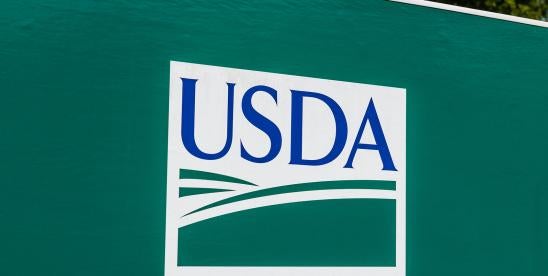- On April 25, 2024, the U.S. Department of Agriculture (USDA) published a final rule updating the long-term school nutrition requirements, based on the goals of the Dietary Guidelines for Americans, 2020-2025. The final rule institutes the first cap on added sugar in school meals, but pulled back on proposed restrictions for sodium, milk, and refined grains that some public comments had claimed were unrealistic.
- Starting in the 2025-2026 academic year, USDA will require schools to reduce the amount of added sugar in breakfast cereal to no more than 6 grams per dry ounce, in yogurt to no more than 2 grams per ounce, and in flavored milk to no more than 10 grams per 8 ounces or, when sold as a competitive food in middle and high schools, no more than 15 grams per 12 ounces. Foods sold in schools outside of the school meal program are considered competitive foods. Limits on added sugar in school meals will shift further during the 2027-2028 academic year to account for less than 10% of calories in one week.
- The final rule does not limit grain-based desserts at breakfast as proposed last year. However, USDA has stated that it “expects that schools will select grains with less added sugars to meet the weekly added sugars limit at breakfast.”
- The final rule allows schools to continue to serve flavored milk. In the proposed regulation, USDA proposed banning flavored milk for children in kindergarten through fifth grade, but stakeholders voiced fears that some children would not drink unflavored milk, leading to food waste and a decline in milk consumption.
- Additionally, in its final rule, USDA decided to scale back and delay proposed sodium reduction targets in school meals. Schools now have until the 2027-2028 school year to reduce sodium by 15% in lunches and by 10% in breakfasts from current levels, which vary in amount by grade level and meal. Originally, USDA suggested schools reduce sodium by 10% year by year, beginning in the 2025-2026 through 2029-2030 school years. USDA explained that it intended to give schools more time to meet the reduction target because it normally takes around three years for manufacturers to reformulate products.
- Finally, USDA dropped its previous proposal which would require all grains served at schools to be whole grains except for one serving per week. Instead, the final rule keeps the current standard requiring 80% of weekly grains offered in school meals be whole-grain rich, which is defined as “the grain content of a product is between 50 and 100% whole grain with any remaining grains being enriched.”
USDA Publishes Final Rule on School Meals
Friday, April 26, 2024



 i
i


